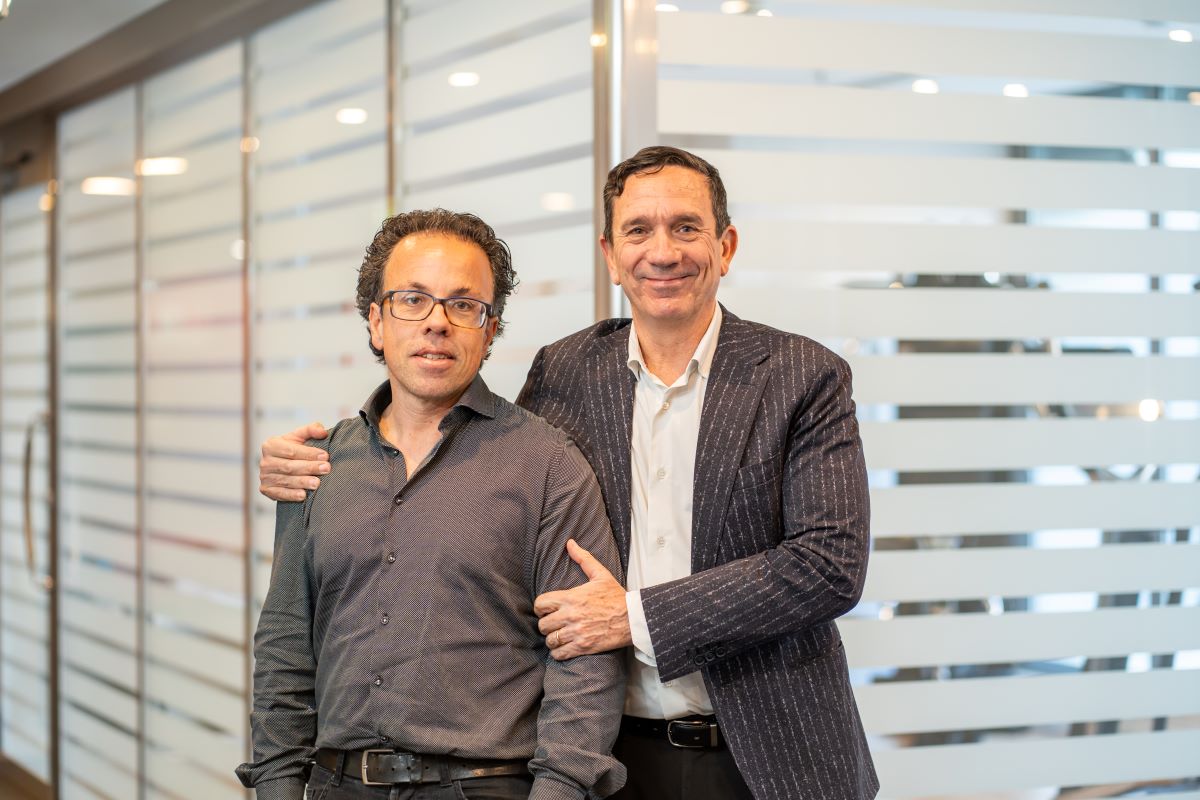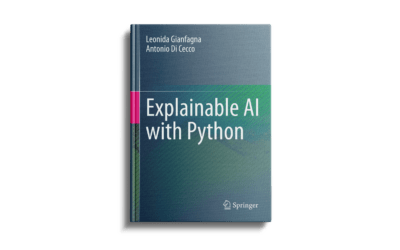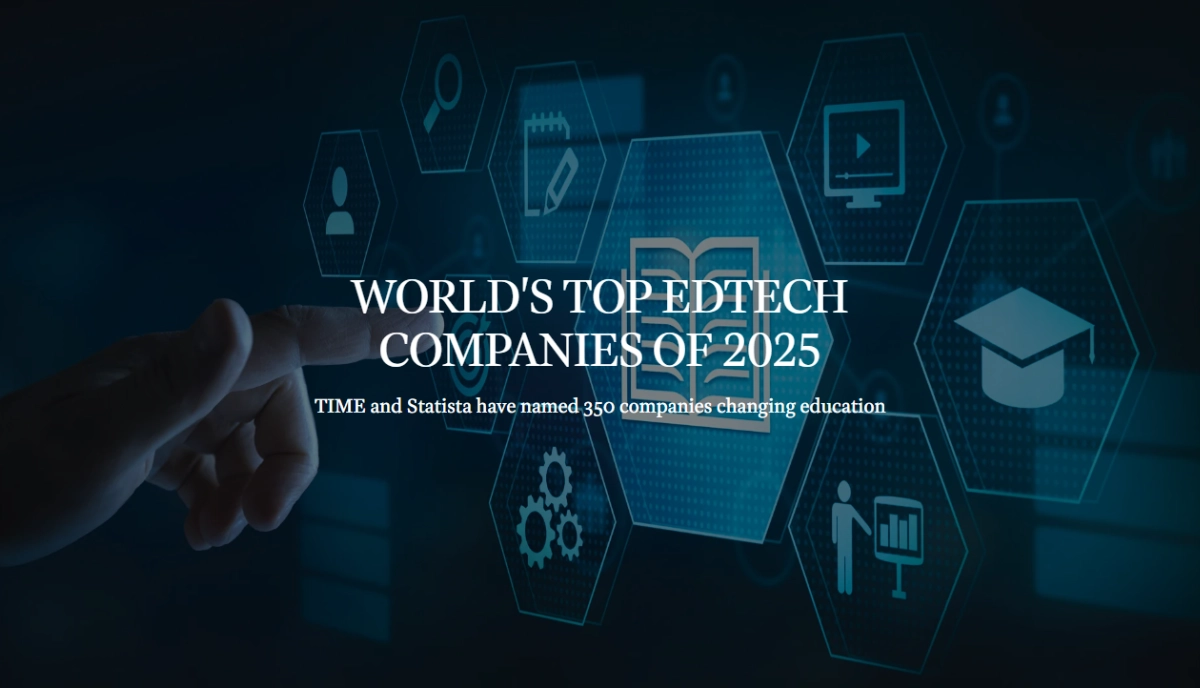Interview with Leonida Gianfagna, theoretical physicist in charge of Research and Development
There are those who go looking for brilliant scientists far away, maybe in another country, and those who find them closer to home, for more or less fortuitous reasons.
Leonida Gianfagna, a young theoretical physicist specialising in elementary particles, after a brilliant career at IBM, with an MBA from Warwick Business School (WBS), UK, and a thesis on the SaaS model (Software as a service) and after having coordinated from Italy, also for IBM, an R&D team in the United States, in a way that he describes as ‘improbable’, came across Cyber Guru, and fell in love with this innovative project and threw herself headlong into the “Research and Development” structure of this small and promising startup.
Tell us how it went
It was 2019 when I met Gianni Baroni, the CEO of Cyber Guru, and I was very impressed by his business vision, his project and his enthusiasm. I was coming to the end of my experience with IBM because the multinational had decided to centralise its R&D model in the US and I would have had to move overseas.
However, the idea of bringing all the experience I had gained in a large and structured organisation like IBM to a startup, and taking up the challenge of starting from scratch, appealed to me a lot. At the same time, I was attracted by the idea of returning to an ancient passion in which I had never lost interest, that of cybernetics (in the 90s, there was the electronic-cybernetic field within the physics faculty, in which neural networks were studied as physical systems), artificial intelligence and machine learning. So I made a decision based on my gut and threw myself into this new adventure.
A totally different way of working
Two opposing worlds. On the one hand, IBM, which was very structured, controlled, and hierarchical; on the other hand, Cyber Guru, which is light, agile, and flexible, where you can experiment with much more freedom. It was good to reconcile these two polarities and make the extremely large interact with the extremely small. Also because when I arrived in Cyber Guru there was still no Research and Development structure and it was all to be invented. An intriguing challenge.
In parallel, you were writing your latest book Explainable AI with Python, together with Antonio Di Cecco, who also collaborates with Cyber Guru. Can you tell us more about that?
The book was born from the interest that I have always cultivated for machine learning. The challenge was to provide a fairly complete description of the current concepts and techniques available to make machine learning models more explainable. The approaches presented can be applied to almost all current machine learning models: among others, linear regression, neural networks (deep learning), natural language processing and image recognition.
Advances in machine learning are increasing the use of artificial agents to perform critical tasks previously handled by humans, including in important areas such as the healthcare, legal and financial fields. Although the principles that guide the design of these agents are known, most current deep learning models are “opaque” to human understanding. Explainable AI with Python bridges the current gap in the literature on this topic by taking both a theoretical and practical perspective.
How has this work impacted your new Cyber Guru business?
When I came to Cyber Guru, there was already an e-learning product that included some innovations, such as gamification. However, there was a goal to move towards an anti-phishing training product that included individualised training. The idea was to train clients in a differentiated way, with each participant facing challenges tailored to their specific level of knowledge. To achieve this goal, it was necessary to develop a product controlled by a machine learning model.
Here my work on the book and Cyber Guru’s goals converged.






